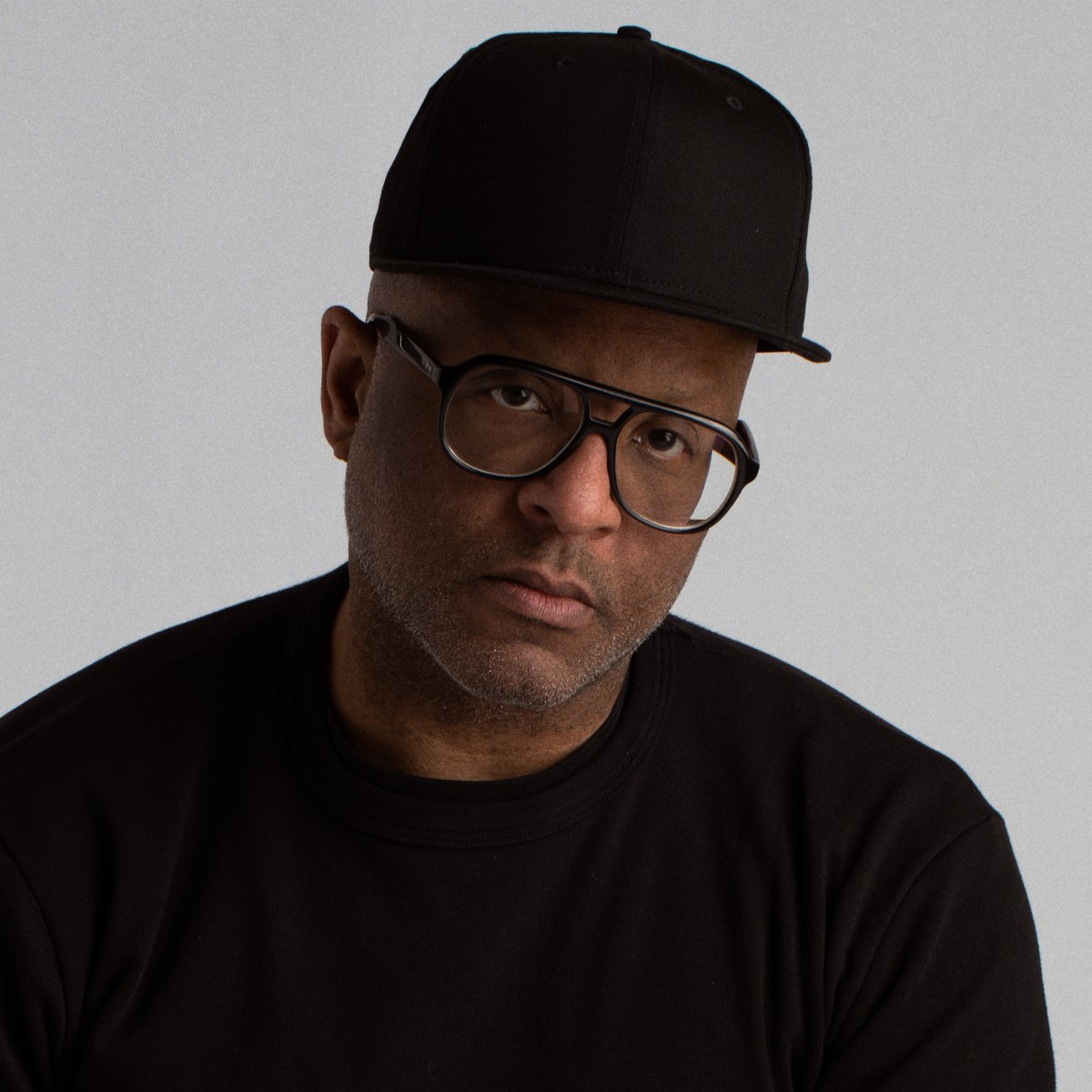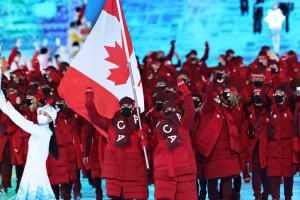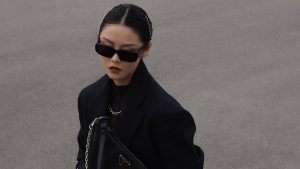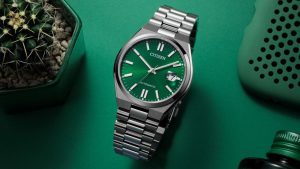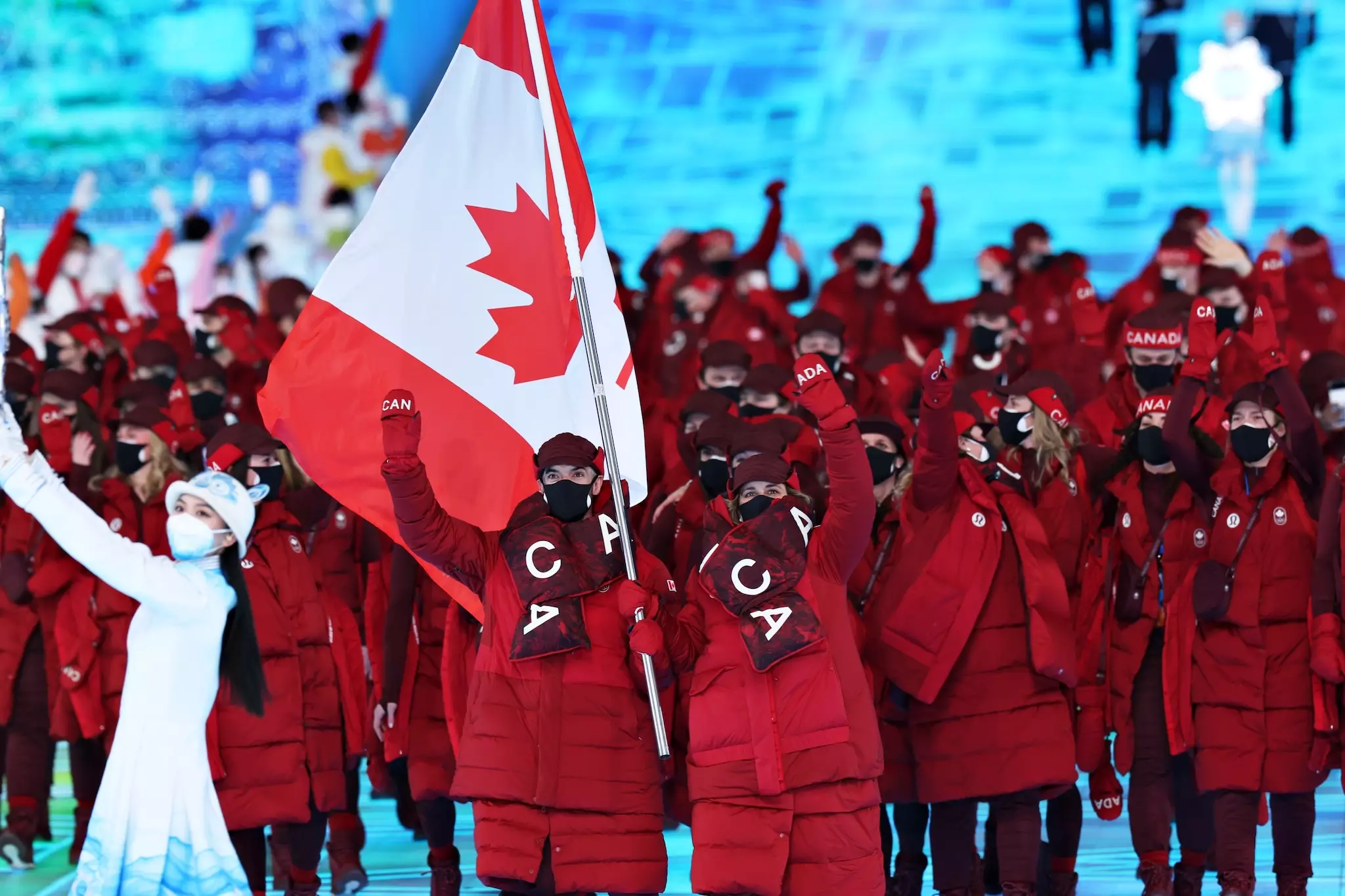[vc_row][vc_column][vc_column_text]Adrian Aitcheson has always been deeply ingrained into the very fabric of Canadian fashion. Without most of the mainstream public knowing his name, he’s become one of the most influential figures in the industry. First emerging in 1990, Aitcheson launched his first label, Too Black Guys, as a standalone store in Toronto. Nine years later, the brand’s feverish cult following led to Roots approaching him with the position of head designer. He was tasked with designing both Team Canada and the United States’ 2002 Olympic uniforms.
The following year, the City of Toronto presented the Toronto-native with the Designer of the Year Award, one of the most prestigious in the country. From there, Aitcheson enjoyed a nomadic, largely behind-the-scenes career that saw his influence shape EKCO UNLTD, Canada Goose, Hudson’s Bay Company, and Northstar, which he resurrected into one of Canada’s most beloved sportswear brands in Canada. Eventually, such successes led him to be crowned Chief Product Officer at Drake’s OVO.
But, of course, like most entrepreneurs, Aitcheson’s inhibited creativity eventually drew him back to a project that would allow him to build a brand that was distinctly his own. Now, for the first time since Too Black Guys, Aitcheson has that opportunity with his latest limited-edition capsule collection, Pour L’Amour. According to Aitcheson, Pour L’Amour was designed as a “tribute to Canadian style.”
RELATED: Tan France on Fashion, Entrepreneurship, and Life Outside the Spotlight
Ahead of his return to the fashion industry’s blinding spotlight, we interviewed Aitcheson about his illustrious legacy in Canadian fashion, the challenges of building a business identity, and what the country can expect from Pour L’Amour.
As a pillar of Canada’s fashion influence, how would you describe the country’s distinct aesthetic?
Adrian Aitcheson: In Canada, fashion comes from function. And a lot is based on our relationship with the outdoors – both in the summer and in the winter. We wear real clothes that fit into our lifestyle, in a way that says we are practical and that we don’t take ourselves too seriously.
You’ve had such a fascinating tapestry of a career, making integral creative decisions everywhere from ECKO to Canada Goose. How has your previous experience helped shape your approach to Pour L’Amour?
Adrian Aitcheson: I’d like to think that Pour L’Amour brings together everything I’ve learned since I got my start in the industry – from best practices with every team I’ve been on to all the cheat codes I’ve learned along the way. Discipline in design, patience in planning, consideration in communication, it’s all converged to deliver the best product that I have ever been involved in creating.

How has streetwear culture evolved since you first emerged in the space with Too Black Guys?
Adrian Aitcheson: Money. Streetwear, or urban as it was called then, was about representation. Representing yourself, your views. It was about representing your community and representing for the culture. We were all just trying to build enough of a business so that we could employ our people and so we wouldn’t have to get a corporate job and sell out to “the man”. Then the man got in the game. As hip-hop and other subcultures became more mainstream and acceptable, streetwear became more commercially viable. Established corporate brands began to engage in the market and bigger opportunities started to open up for streetwear brands. Subculture became the prevalent culture and the term streetwear became just another vast retail category
What were some of the challenges in launching Too Black Guys? What was your proudest moment with the label?
Adrian Aitcheson: We anticipated that getting financing would be an ongoing issue for us with a brand like ours. So, we decided to avoid that by finding a way to self-finance. We started small and built slowly. We had no margin of error. I don’t know if that was a good thing or a bad thing but it definitely informed every decision that we made.
Our first sales were to family and friends, and then friends of friends, and so on. The proudest moment was the first time I saw someone who I didn’t know or couldn’t connect to anyone that I knew, wearing a T-shirt at an event.

As Roots’ Director of Men’s design and Special Projects, you were involved in the Roots x Kyle Lowry collection. With the industry so saturated in constant partnerships, what makes for a standout collaboration today?
Adrian Aitcheson: I think the most successful collaborations are between two brands, and I consider celebrity/personalities as brands, where the connection is both authentic and unexpected. I think the era of pairing clothing brands together peaked with Supreme X Vuitton, so it will take something really out of the box to generate that kind of energy these days.
Who were some of the most impactful fashion influences throughout your career?
Adrian Aitcheson: When I first started working in retail, I was introduced to a brand called WilliWear by a designer named Willi Smith. He was the first Black designer that I had seen in the same space as Calvin Klein, Giorgio Armani, Ralph Lauren, Donna Karan. I wasn’t thinking about a career in fashion at the time, but I remember feeling good about being represented. I’ve always hoped that my work would give that same feeling to someone else.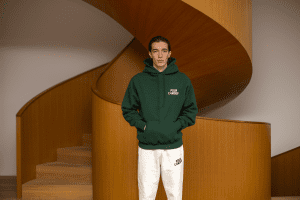

With over three decades in fashion, has the industry improved in supporting BIPOC creatives? What work is still left to do?
Adrian Aitcheson: I can’t speak for anyone but myself, but I don’t think that much has changed fundamentally. It used to be that there would only rarely be a national campaign that featured racial minorities and now it seems as though no brand or creative agency would propose one that doesn’t feature a person of colour. But representation isn’t only about the faces that we see in marketing. What’s more important, and truly transformational, is representation at the level of the decision-makers. There won’t be real and permanent change in this industry until the boards and c-suites look like the campaigns that we are seeing now.
For young designers hoping to launch their own label, what advice can you offer?
Adrian Aitcheson: I think everyone who makes the decision to launch a label starts with a vision. I would tell them to ask themselves: are you staying true to that vision as you plan and grow your brand? I would also advise them to start small and stay focused. Some of the biggest and most important brands started with just one item. Don’t try to do too much too soon.
How did working alongside Joe Mimran help shape the collection?
Adrian Aitcheson: Joe is very successful and there is a culture of winning that surrounds him. He has also demonstrated how critical it is to commit. He always says that if he is going to die on the sword, then at least it will be while fighting with conviction. This has led to a “no-compromise” perspective that influences our decisions about the brand.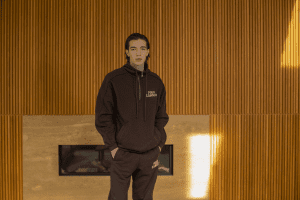

You’ve worked on Canada’s Olympic collections in the past and have now created Pour L’Amour as a tribute to Canadian style. Can you explain where this national appreciation comes from and how it reveals itself in the designs?
Adrian Aitcheson: When I was coming up, Canada didn’t have its own identity. We were defined by how others saw us. I’ve always wanted to contribute to the Canadian cultural identity and be a part of the Canadian voice that tells the world, and ourselves, who we are, and what we stand for, and how we look. I’ve tried to build collections that show respect to Canada without being kitschy and playing into stereotypes. Pour L’Amour is real clothes for real people in their real lives.
[yikes-mailchimp form=”1″ title=”1″ submit=”SUBSCRIBE”][/vc_column_text][/vc_column][/vc_row]


